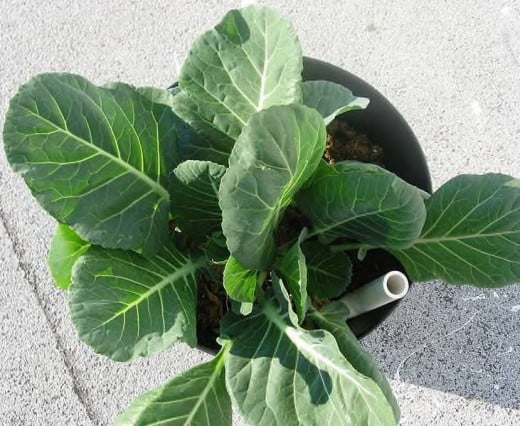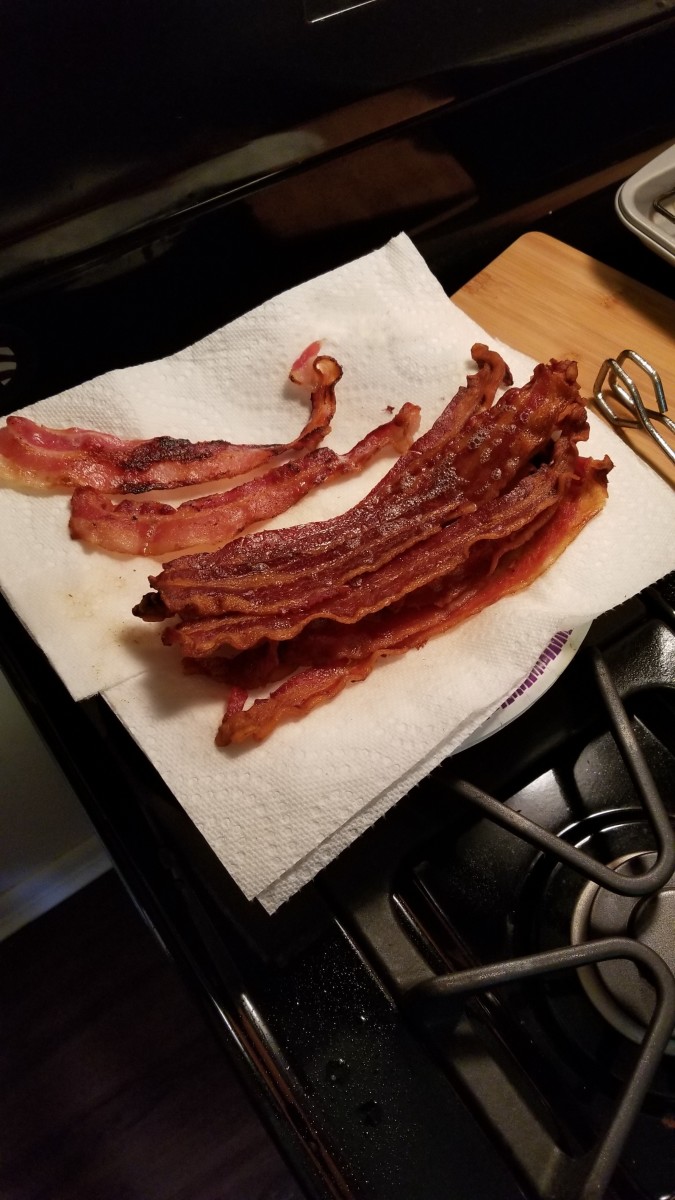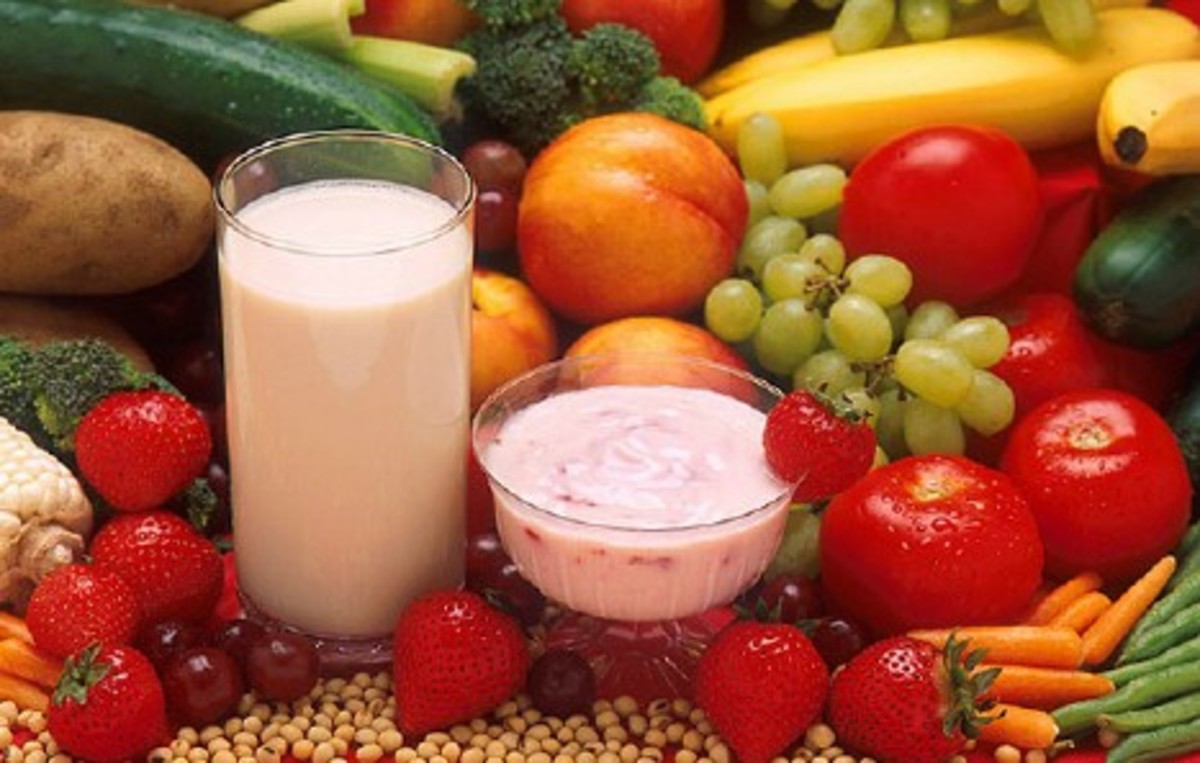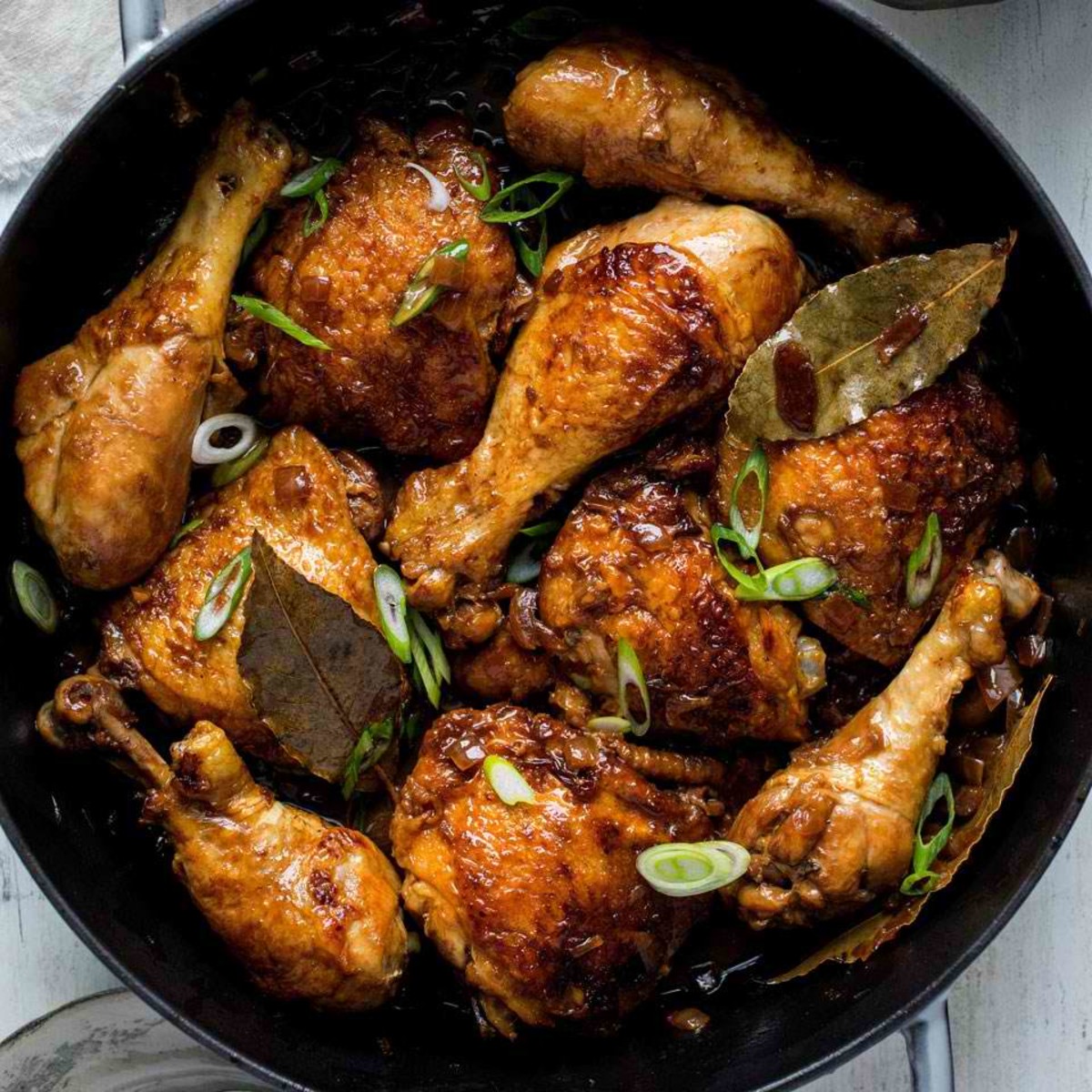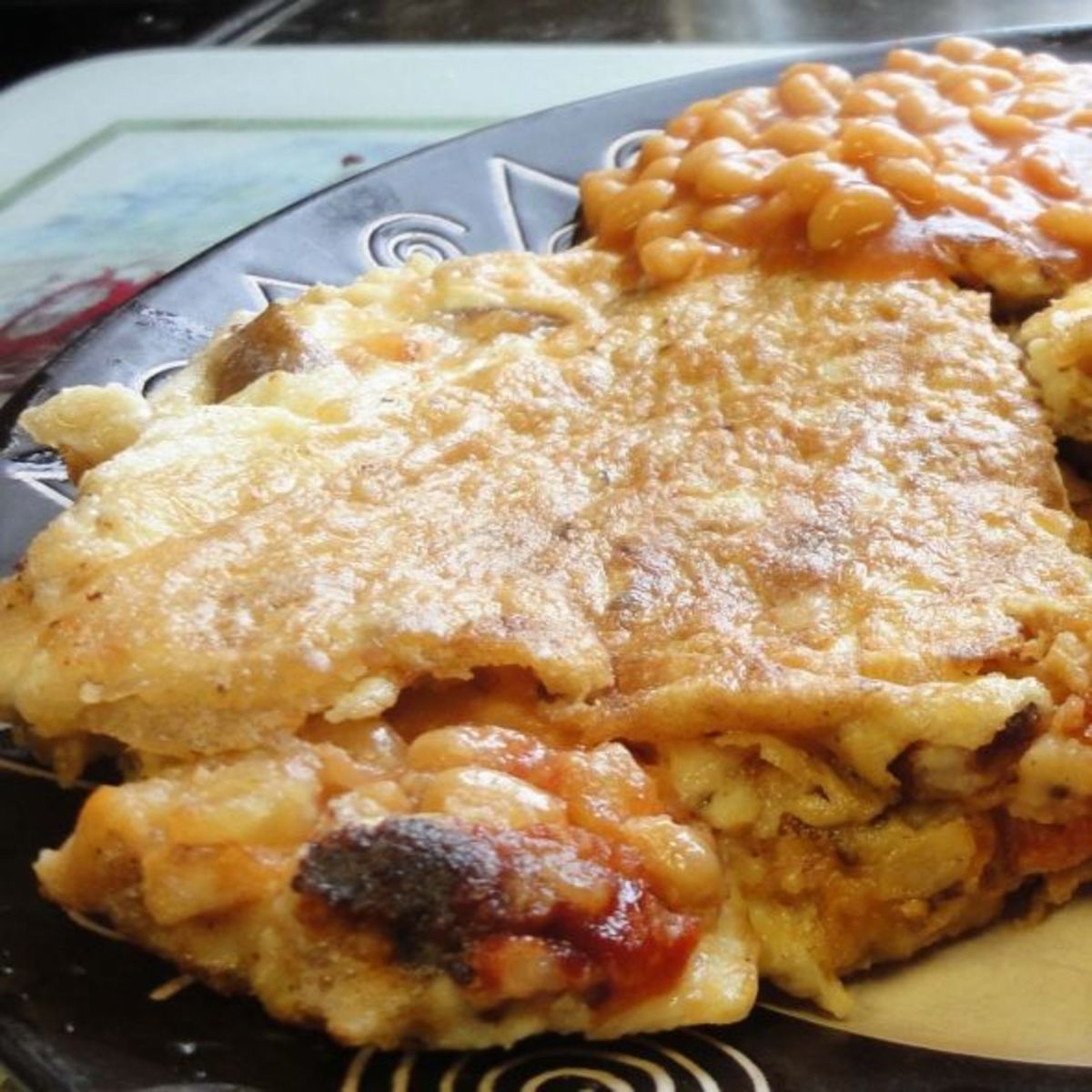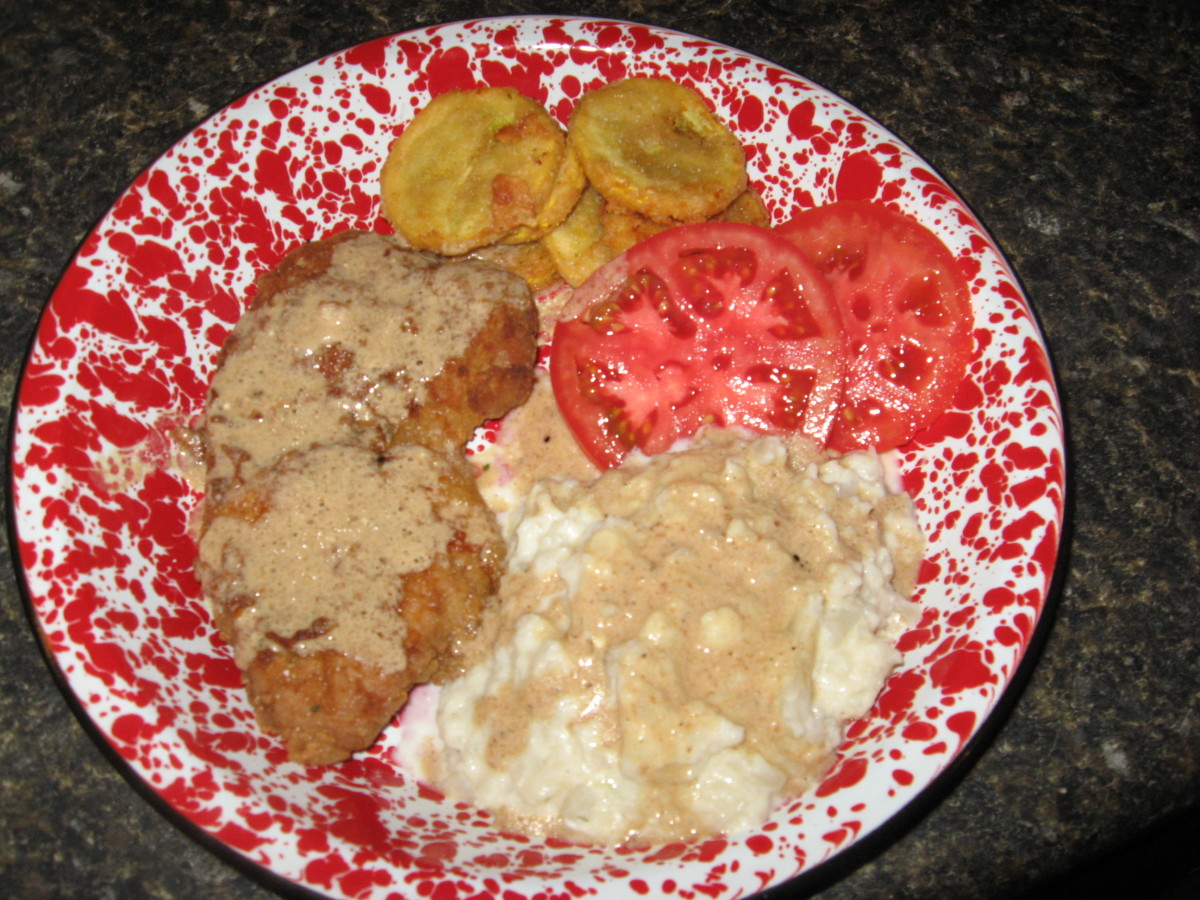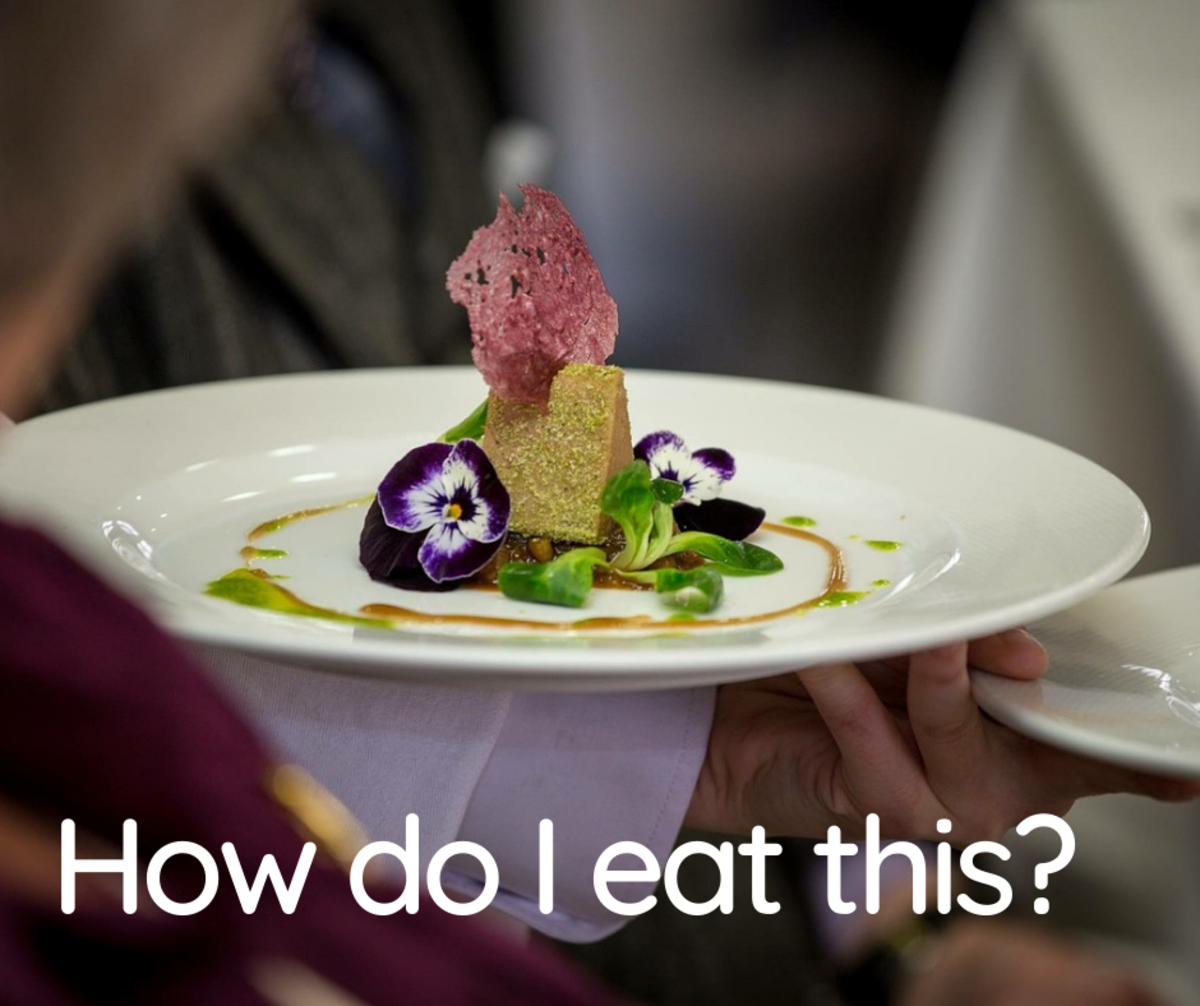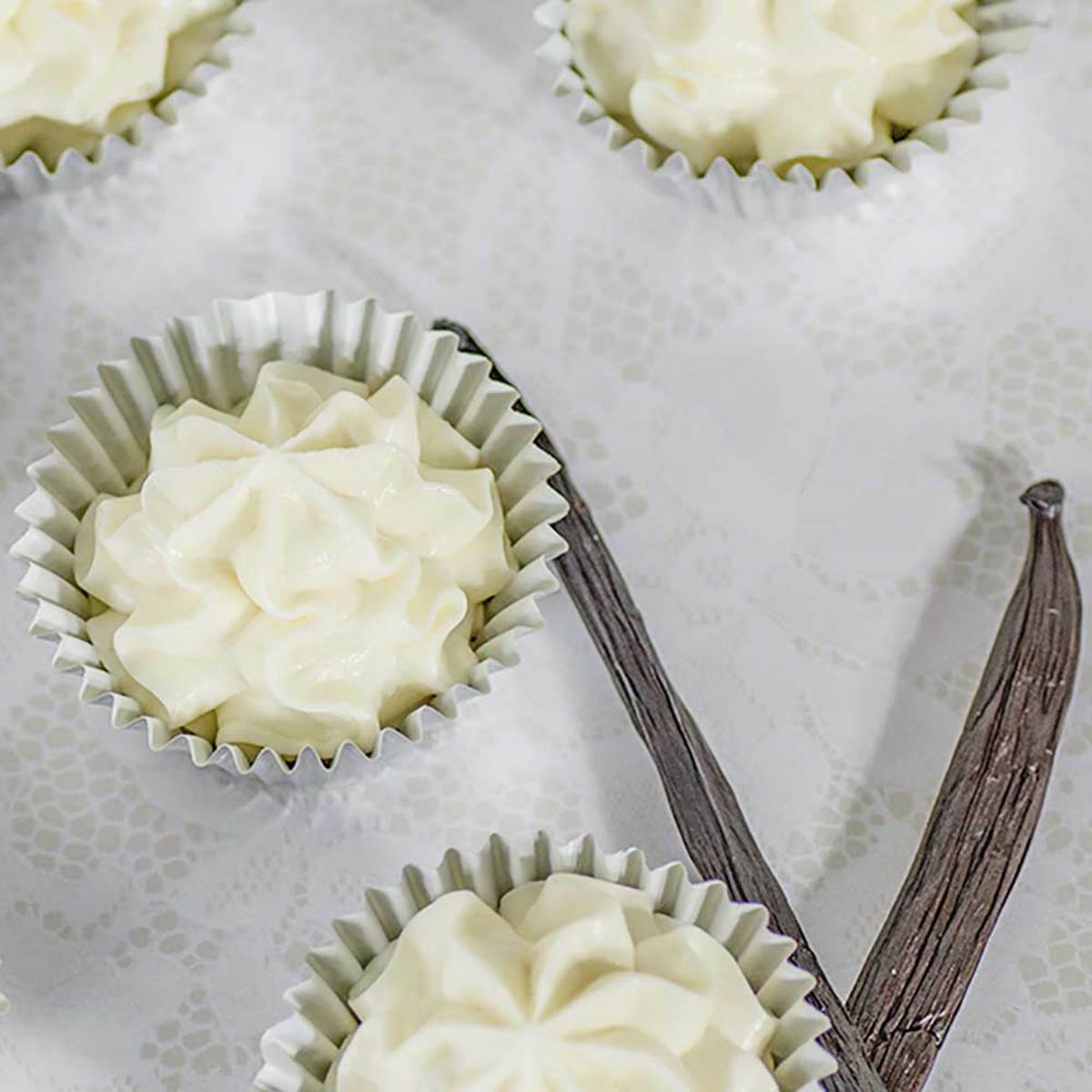The Ultimate Health Food - Collard Greens
My Collard Patch
I picked and cooked the first harvest from my little collard patch today. There are only eight plants; eight sources of natural health food. My daughter cut and nailed a square frame of 2X12 boards for me. I filled them with compost I made last spring from horse manure, weeds I pulled from the flowerbeds and veggie scraps from my kitchen. I bought the plants in September. Something ate two of them. I put a wind thingy made of foil hanging in the middle of the bed hopping if it were four-legged and furry the motion would scare it away. It might have worked. No other plants have been nibbled.
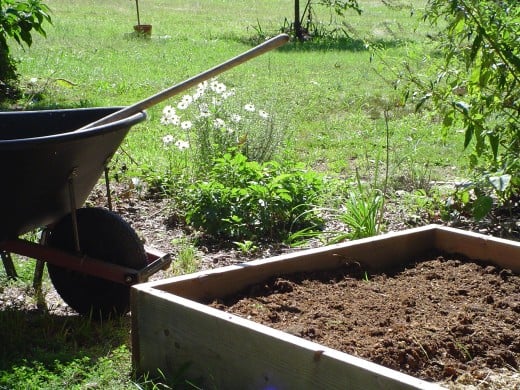
For you Yankees to the north who might not know about collards, they are a large leaved green similar to its cousin kale in taste, but not curly. The collard is the salvation of the South. My old family doctor once told Mama and I that many babies from poor families whose mothers’ milk had gone dry were nursed on collard pot liquor. Pot liquor is the liquid the collards are cooked it – water, fat from the seasoning meat and the green juices of the collards. I don’t doubt the truth in that story since the collard is very rich in nutrients. All southern farms have a collard patch that feeds the family through winter. The plants survive our mild winters and will even recover from a hard freeze if it isn’t two long and drawn out. Many town people have a little patch in the backyard. The rest of the folk buy them from the farmers or in the grocery store.
The greens are rich in vitamin C and are said to boost the immune system and may even help prevent cancer. They contain 64% of our daily vitamin A needs, 19% Folate (vitamin B9) 43% of vitamin C, 593% of the needed vitamin K and 21% of the calcium our body needs per day. They are low on carbohydrates and high in fiber.
Just as an experiment I have one collard plant that is three years old. I don’t do anything to it and the leaves are tiny. But I pick a few once in a while and add them to my salad or stir-fry. If I bothered to fertilize that little plant no telling what would happen. In fact I just might give it a shot of Miracle Grow and see if the leaves get bigger.
Mama had a pressure cooker and I remember the day the mess of collards she was cooking in her pressure cooker exploded and we had collard greens on the kitchen ceiling. For that reason I have never used that strange cooking vessel. It takes a long time to cook collards in a conventional pot. We like to season the greens with a ham bone or ham hock, and if you are a really good cook you’ll make cornmeal dumplings, which cook on top of the seasoning meat and greens. I am NOT that good cook. My dumplings either fall apart or are too hard and uncooked in the middle. I gave up a long time ago. When I was a kid I ate collards at my friends house because her mama could make the best collard and dumplings in the world. My Mama couldn’t make the dumplings either.
Carol’s Mama would get her to run over and tell me they had collards for supper and I’d go eat leftovers at her kitchen table, and even though Carol had already eaten supper she’d eat some more with me.
Collards are served with most Southern holiday meals, but it is required to have them on New Years day along with the black-eyed peas and pork meat. I grew up hearing collards eaten on New Years Day would bring you money throughout the year and the peas are for good luck. I think the pork is just because you have to have some to season the greens. I should do some research on that. Some folk cook a hog’s head on New Years day. Our family didn’t have the stomach for that. After Daddy retired he bought a wood cook stove, build a chimney in his workshop and set up the stove. He made cooking the meat and sweet potatoes for New Years Day Dinner a new tradition. The meat was a rack of stuffed spareribs. There truly is nothing so yummy as food cooked over wood. He was right about that. Mama still cooked the collard greens in the house in her pressure cooker. The explosion did not deter her from using the pressure cooker, and she didn’t have a second explosion. That method of cooking the tough greens shortened the time and produced a tender mess of collards. Otherwise cooking collards is an all day job. Be prepared for the smell. Of course we in the South just say, “Mm, mm, you’re cooking collards!” whenever we enter someone’s house and the pungent odor greets us at the door.
Since I live alone I seldom cook a big pot of collard greens. I have experimented a little with them and like to cook a couple of slices of bacon, and then stir-fry the greens in the grease. I chop the collards before adding them to the pan. Then after they are cooked crumble the bacon on top. Very tasty.
Most folks sprinkle hot pepper vinegar on their collards. Daddy liked catchup on his collard greens, and so do I. I am pretty sure that is not a Southern tradition. If you don’t make the cornmeal dumplings cook up a batch of cornbread so you can sop up the pot liquor. You don’t want to leave anything to waste.
If you are not a gardener you can buy collards in the frozen food department or canned collards ones in the canned veggie aisle. Here in the south we can find fresh collards year around in the produce section of our grocery stores.
